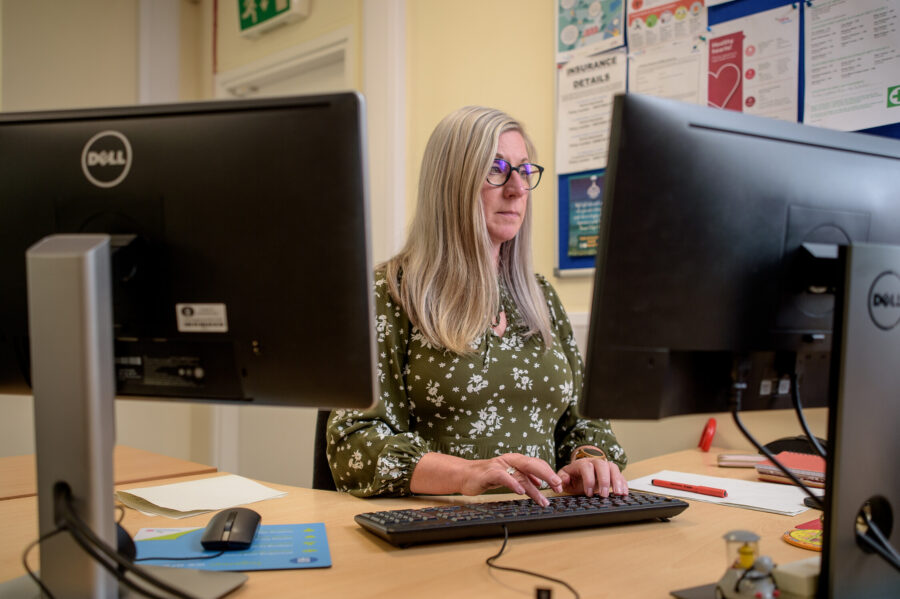According to the first comprehensive government study on the issue, women in Great Britain typically have private pension funds worth 35 percent less than their male counterparts by the time they reach 55.
This alarming disparity, known as the “great gender pension chasm,” was unveiled after analysing data from 2018 to 2020. The study found that, on average, for every £100 accumulated in men’s private pensions, women only have £65. Consequently, women face the risk of losing out on substantial retirement income due to this imbalance.
Several factors contribute to this discrepancy. Lower overall earnings, time off for childcare and other caregiving responsibilities, as well as a higher prevalence of part-time work among women, all contribute to women’s pension funds growing to only two-thirds the size of men’s.
While various reports have addressed the gender pensions gap in recent years, this government study is the first to quantify the true extent of the problem. The analysis revealed that the gap varies across different age groups, with the smallest gap observed among individuals in their 30s, indicating that childcare-related breaks significantly impact pension savings.
For workers eligible for automatic enrollment, the gender gap is smaller at 32 percent. However, the gap widens to 47 percent for those aged 45-49.
What about pension contributions?
Furthermore, the study identified a discrepancy in pension contributions between men and women. In 2021, approximately £52 billion was contributed to the private pensions of eligible women, compared to £62.6 billion for men—an evident 17 percent gap.
Helen Morrissey, head of retirement analysis at Hargreaves Lansdown, characterized the 35 percent difference as “more of a gaping chasm” than a mere gap. She noted that while recent childcare reforms introduced by the government should support women in maintaining employment and contributing to their pensions, the gender pension gap is expected to persist for some time.
Laura Suter, head of personal finance for investment platform AJ Bell, emphasised that once women reach their 40s, their pension savings start falling behind those of men. This can be attributed to career breaks for childbirth, part-time work to accommodate caregiving responsibilities, and the gender pay gap, all of which lead to lower incomes and reduced pension contributions.
Pensions Minister Laura Trott acknowledged that automatic enrollment has significantly improved the pensions landscape in the UK, bringing millions of women into pension saving. However, despite progress in closing the participation gap, the wealth gap persists. Trott emphasised the importance of an official annual measure to monitor the collective efforts of the government, industry, and employers in addressing and closing the gender pensions gap.
Michelle Pearce-Burke, Co-Founder of investment service Wealthify, comments:
“We welcome the first private gender pension gap report by the Government – it’s time they took a more active role in the conversation. It’s no surprise that the gap is likely there due to childcare commitments at a time when childcare costs are outrageously high. We know the government has made a first step in terms of childcare reforms, but is this enough?
“Women throughout the UK must have pension equality so they can live a life they deserve in retirement. Let’s hope that with the need to report on this regularly from now on, the Government will continue to make steps to close this gap and eventually reach gender pension equality.
“It’s so easy to get started with your private pension. With services like Wealthify, you can open a Self-Invested Personal Pension (SIPP) in around 10 minutes with just £50 and deposit as much as you like each month. And there’s no need for direct debits – you can work out how much you can afford to pay in.”






